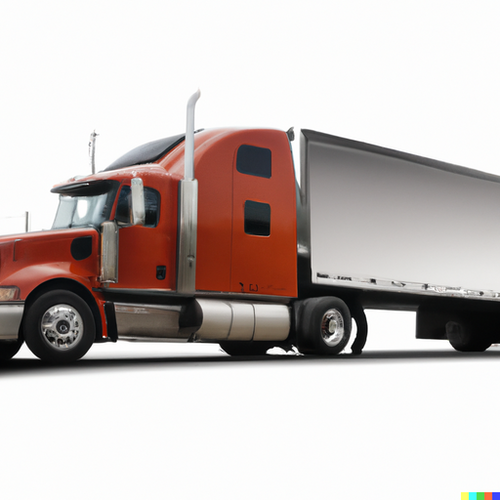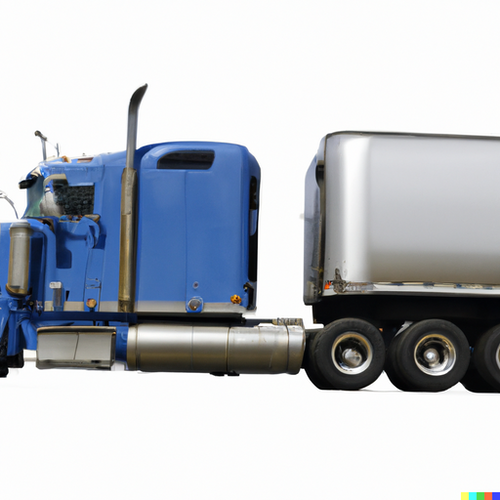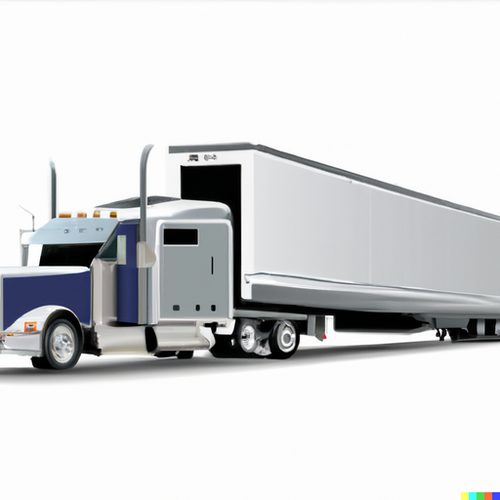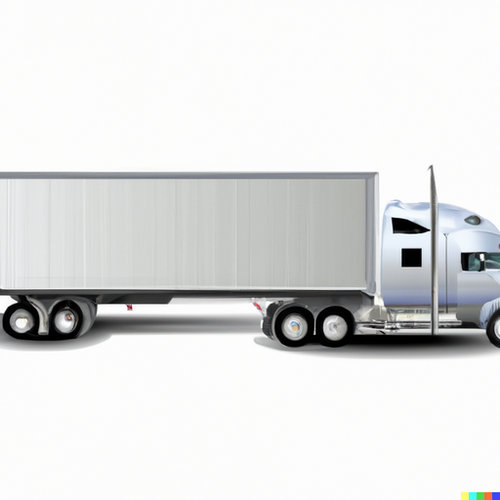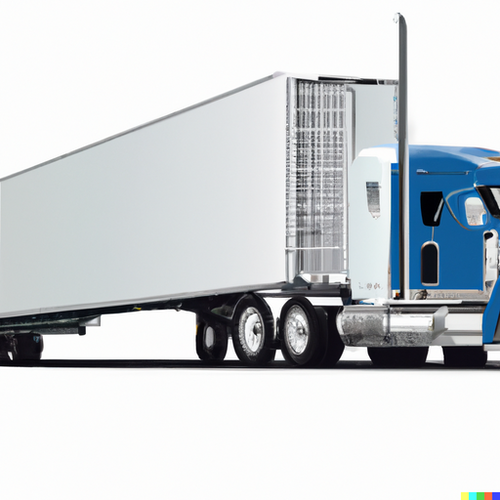Health Issues for Truck Drivers
Health and Safety of Truck Drivers and Their Impact on Road Safety
In popular media, the life of a driver of a large truck is romanticized, with images of wide roads open roads, freedom, the enticement of the horizon, etc. On the other hand, it is a grueling job fraught with health problems that can directly or indirectly contribute to accidents. This article focuses on the complicated relationship between health problems for truck drivers and their impact on safety in the road.
1. The Sedentary Nature of the Job:
It is a long period of sitting, with little physical activities. A life-style that is sedentary can trigger many health issues including heart disease, obesity, and musculoskeletal problems. Such conditions can impair a driver's ability to react quickly in emergencies and can increase the risk of accidents.
2. Sleep Disorders
Sleep apnea, a condition in which breathing stops and begins during sleep, is common among truckers, primarily due to the weight and habits. The condition can cause a fragmented, unrestorative sleep that could lead to daytime fatigue diminished alertness, and impaired cognitive function.
3. Dietary Challenges
On the road eating out, the access to healthy meals isn't always easy. Fast food and processed snacks are often the only options available to drivers, resulting in poor nutrition. Hypertension, diabetes and a host of other ailments are often caused by a diet rich in sugars and unhealthy fats.
4. Mental Health Concerns:
It can be lonely to drive a truck Particularly if you have to spend long hours away. This, along with the fact that you are far from family members can trigger feeling of depression, anxiety and isolation. Mental health conditions can impair the ability of a driver to concentrate as well as make decisions and react in a timely manner to road-related situations.
5. Vision Impairments:
Certain truck drivers might not be able to afford regular health check-ups due to their life style. Vision problems that are not treated caused by diabetes, old age or other ailments can impact the ability of drivers to gauge distances and spot dangers.
6. Substance Abuse:
A few truck drivers turn to alcohol or prescription drugs to manage the pressures of their job. Drug abuse can not only affect judgment and speeds up reaction times but can also result in excessive drowsiness or underconfidence, which is an extremely dangerous mix behind the wheel.
7. Chronic Pain and Medication
Chronic pain can be caused by the physical demands when loading or unloading cargo, as well as sitting for a long time. This is particularly true for the neck and back. To ease the pain drivers may resort to non-prescription painkillers or over-the counter medications, some of which could cause drowsiness or decreased alertness.
8. Stress and Fatigue
Stress can be caused by navigating the traffic, meeting strict deadlines for deliveries or coping with extreme weather. A long-term stress pattern can cause fatigue, which can affect the ability of drivers to concentrate and increasing the risk of making mistakes.
9. Lack of Regular Medical Check-ups
Given their on-the-road lifestyle the majority of truck drivers fail regular health checks. This could mean that potential health problems aren't detected and treated at a young stage, leading to their growth and ultimately hindering the ability of drivers.
10. Solutions and Proactive Measures
- Health Screenings: Companies must encourage drivers to have regular health screenings in order to identify and treat potential problems before they develop.
- Dietary interventions by providing drivers with more nutritious options for meals at truck stops and educating them on diet, you can promote more healthy eating choices.
Mental Health Support - Offering counseling, helplines and support groups for drivers can assist to overcome the difficulties they face in their field.
- Ergonomic Cab Design: Enhancing the design of truck cabs' ergonomics can reduce physical strain on drivers, while reducing the chance of developing musculoskeletal problems.
Awareness and Training: Educating drivers about the risks that come with certain illnesses and medications can ensure safer driving.
Conclusion:
The road safety of our streets is closely tied to the health of truckers. As the backbone of the logistics sector, they carry a huge obligation. Insuring their health is not only a matter of concern but a critical step towards safer highways for all. As the public becomes more aware of these challenges and the need for a united effort from transport companies, health experts and policymakers could pave the way for better drivers and safer roads.
